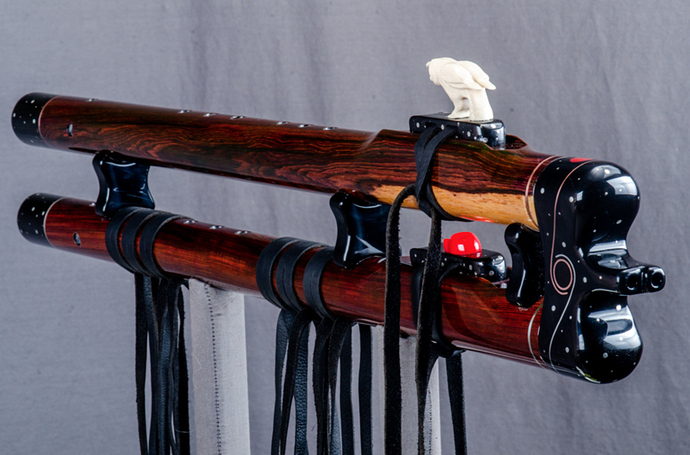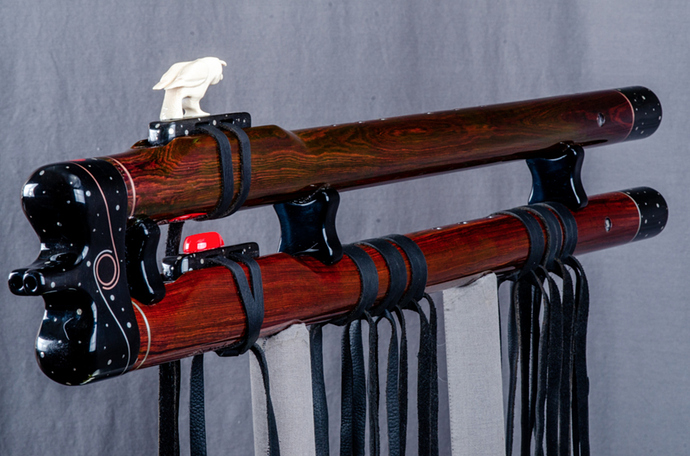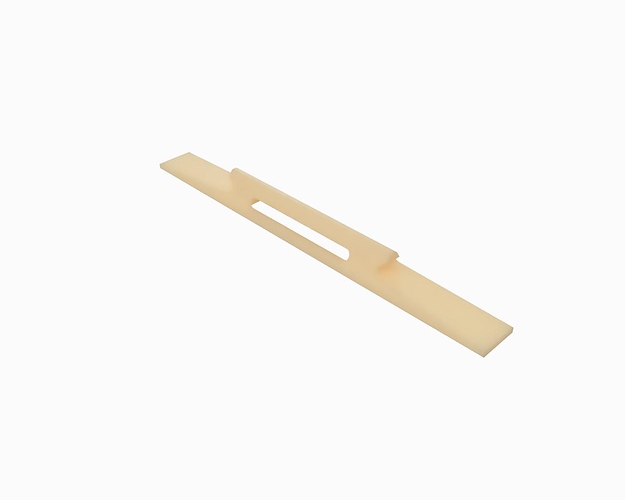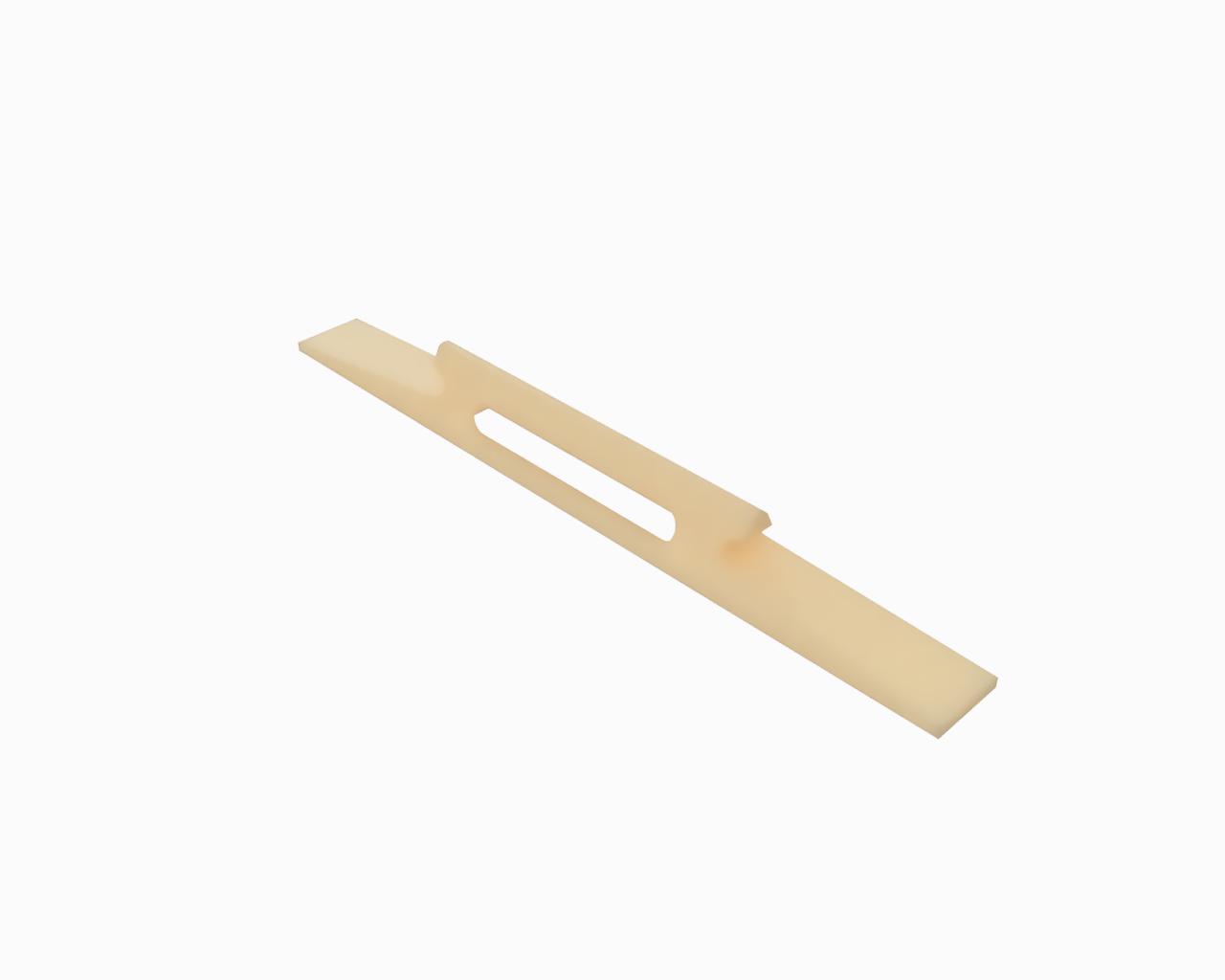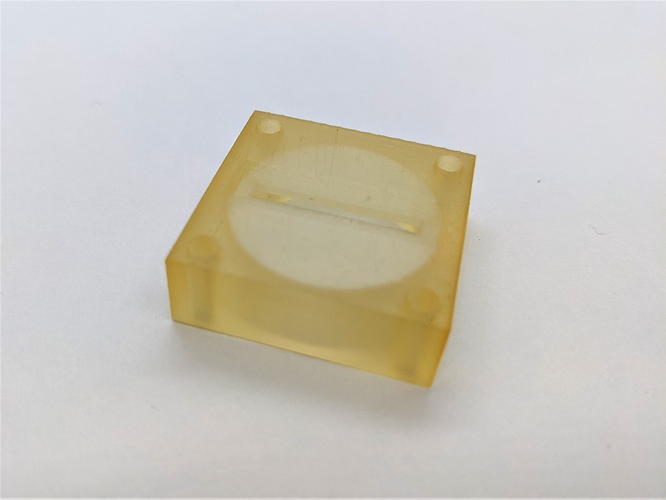Pablo,
Really awesome to hear about that shamisen you got for a good deal and could repair yourself! Toguchi striping is definitely super nice to have, and I have seen some incredibly figured shamisen pictures here and there on the sao that just look amazing.
For koma, while I haven’t used too many yet, I am starting to suspect that weight and contact area have more affect on tone than material. For example, I also have another koma I got from a cheap used eBay shamisen, which looks like either a gidayu or jiuta koma, that is quite low profile but very wide with much more contact area with the skin, made from horn, with two small lead weighted dots underneath. Personally, I don’t really care for the tone of that koma, even though it looks like it is made from a nicer material. In that regard, while plastic might be looked down upon compared to traditional materials, I think if designed right with the right materials it could sound just as nice.
In terms of the koma height, for a really quick test I took my standard koma and turned it on its side just to see how the action felt. Since the koma is 6mm wide, it gave me an idea roughly how a 6mm high koma would feel. Interestingly, despite the fact that the koma was on the completely wrong way, it sounded almost completely identical! The lower action definitely felt much better to play as well, both from the picking and fingering sides. At least in my case, I don’t think a super short koma will affect tone or have too low pressure on the skin to be an issue. Hibiki is also stretched insanely tight, so it has a lot of room for response. I actually will be getting in my first 5mm and 6mm prototype koma hopefully this week, which I will post more info about shortly!
Mentioning the neo, one thing I have been interested in is how a wooden neo affects some of the tonal aspects vs. a traditional knotted neo. I’ve never used one or played with one in real life before, and probably Kyle could speak more on this, but just speculating based on the physics of it, since the neo creates one of two boundary conditions where the strings are attached, I expect it plays some part in the tone, albeit possibly to a small extent. While the majority of sound and vibrations should be transferred to the skins through the koma, I expect some component to continue traveling through past to the anchor point. For a traditional neo, this anchor point is a rope, and so any excess vibrations would probably greatly absorbed or dampened, whereas in a solid hard neo, I would expect them to be reflected with less losses. At least from what it sounds like, the wooden neo may increase the volume or brightness of the tone (which could be a good or bad thing depending on the rest of the shamisen build and the skins used).
And wow, I can’t believe you actually own one of the Woodsounds flutes from Brent Haines! I have definitely known about his flutes for years, and those were the ones I was literally thinking about in writing my prior response! His instruments are absolutely exquisite, and I think he makes the most incredible Native American style flutes I have ever seen. Interestingly, (and perhaps not a coincidence), he also started out as an engineer, and transitioned to instrument making. I have always believed that art and engineering are really just two sides of the same coin! If I ever made one for myself, I would definitely do it in his style of laminations, and it is a lot of fun just looking through the amazing flutes he has built. If I were to ever buy one, his would be the first I go to. That is an absolutely beautiful double flute, and I really love how the jet black ebony is paired with the camatillo, thanks a ton for sharing pictures of it! And I am sure that it sounds just as amazing as it looks! We have really got to meet up at some point with our instruments!


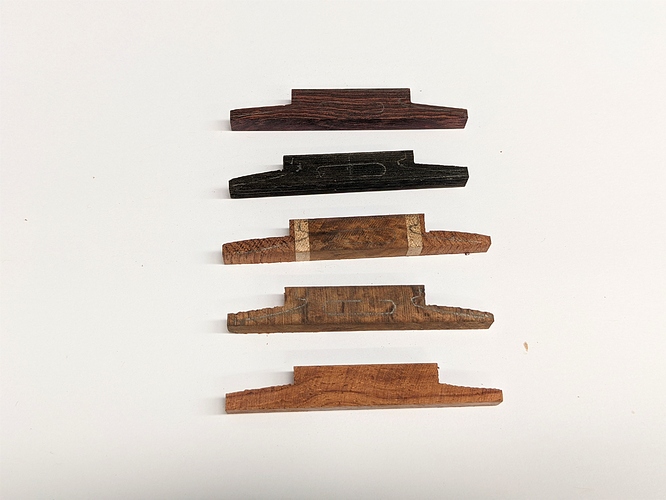



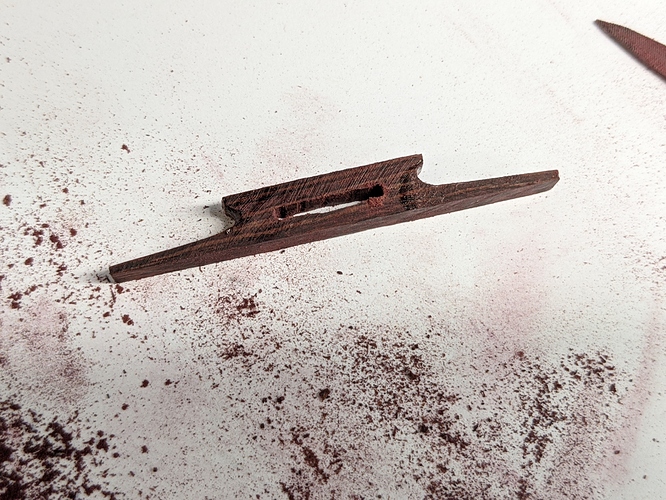
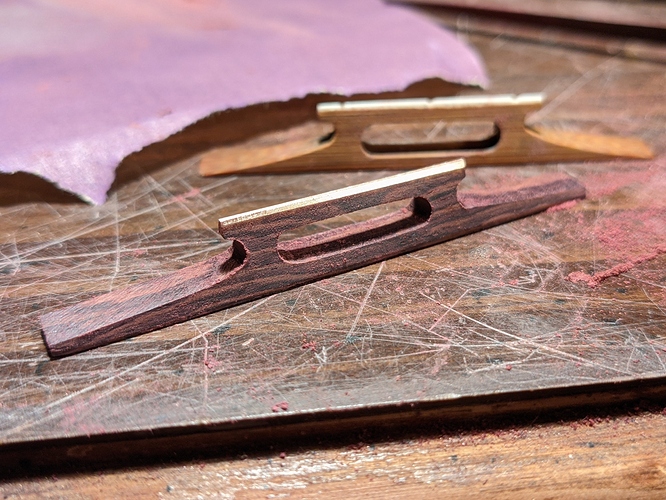



 I hope you feel better now.
I hope you feel better now.

